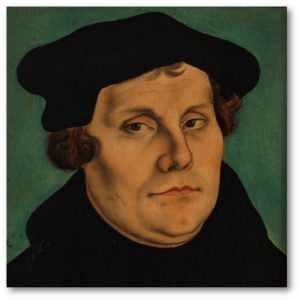
Inspiration
Inspiration
Duluth Superior Symphony Orchestra
10/28/2017 @ 7pm DECC Symphony Hall, Duluth, MN
10/29/2017 @ 3pm Cathedral of Christ the King, Superior, WI
Golijo: Last Round
Schumann: Concerto for Violoncello
Piazzolla: Oblivion
Mozart: Symphony No.39
Abraham Feder, cello
Mozart: Symphony No.39
Towards the end of his short life, Mozart was on the height of his compositional prowess. Vienna had embraced him as one of the greatest living composers; his operas were the talk of the town and he was in frequent demand as composer and performer. Throughout his life, Mozart had composed music that was written for a certain purpose: He composed his concertos for violin or piano for his own use. Many of his operas and symphonies were the result of commissions. Sometimes he simply wrote a piece, because he still needed an overture for his upcoming concert.
But when he sat down in the summer of 1788 to compose his final three symphonies, none of these things applied. Within the course of just three months Mozart composed his Symphonies No.39, 40 and 41 – three symphonies that were not just masterworks; these compositions were so original and inspired that their new style would open up a whole new world of expressiveness for younger composers, like Beethoven. And the most puzzling things about them: They were neither commissioned, nor were they composed for any other purpose. In fact, we know of no performance of these works during Mozart’s lifetime (he died in 1791.) This is so unusual that some scholars have even suggested that Mozart never intended these works to be performed, but rather that he wrote them as a sort of legacy, his final gift to mankind.
Be that as it may, in the summer of 1788 Mozart clearly was struck by divine inspiration and the resulting symphonies are among the most treasured of the repertoire today.
Here is a performance with the late Sir Neville Marriner.
https://www.youtube.com/watch?v=c2n2YB_lQn8
Golijov: Last Round
More than 200 years later, the Argentinian composer Osvaldo Golijov was inspired in a different way. His Last Round was written as an homage to the “last great Tango composer”, Astor Piazzolla. It is a gripping piece for double string orchestra in which the two groups constantly confront each other, always attracting and repelling each other.
Here is a performance of Last Round in the version for String Nonet.
If you are a DSSO regular you will remember Golijov’s amazing cello concerto called Azul, which the orchestra performed last season. While Azul combined western elements with music from the East, Last Round creates a connection between western classical music and the Argentinian Tango. A combination that proves to be truly inspired and powerful!
Schumann and Piazzolla
A few seasons ago the DSSO welcomed the brilliant young cellist, Abraham Feder. We are thrilled that Abe joins us again for Inspirations. He will be featured in Robert Schumann’s famous Cello Concerto, as well as in Astor Piazzolla’s miniature Oblivion, a hauntingly beautiful Tango by Argentina’s most famous composer.
Enjoy the Piazzolla!
[:]


